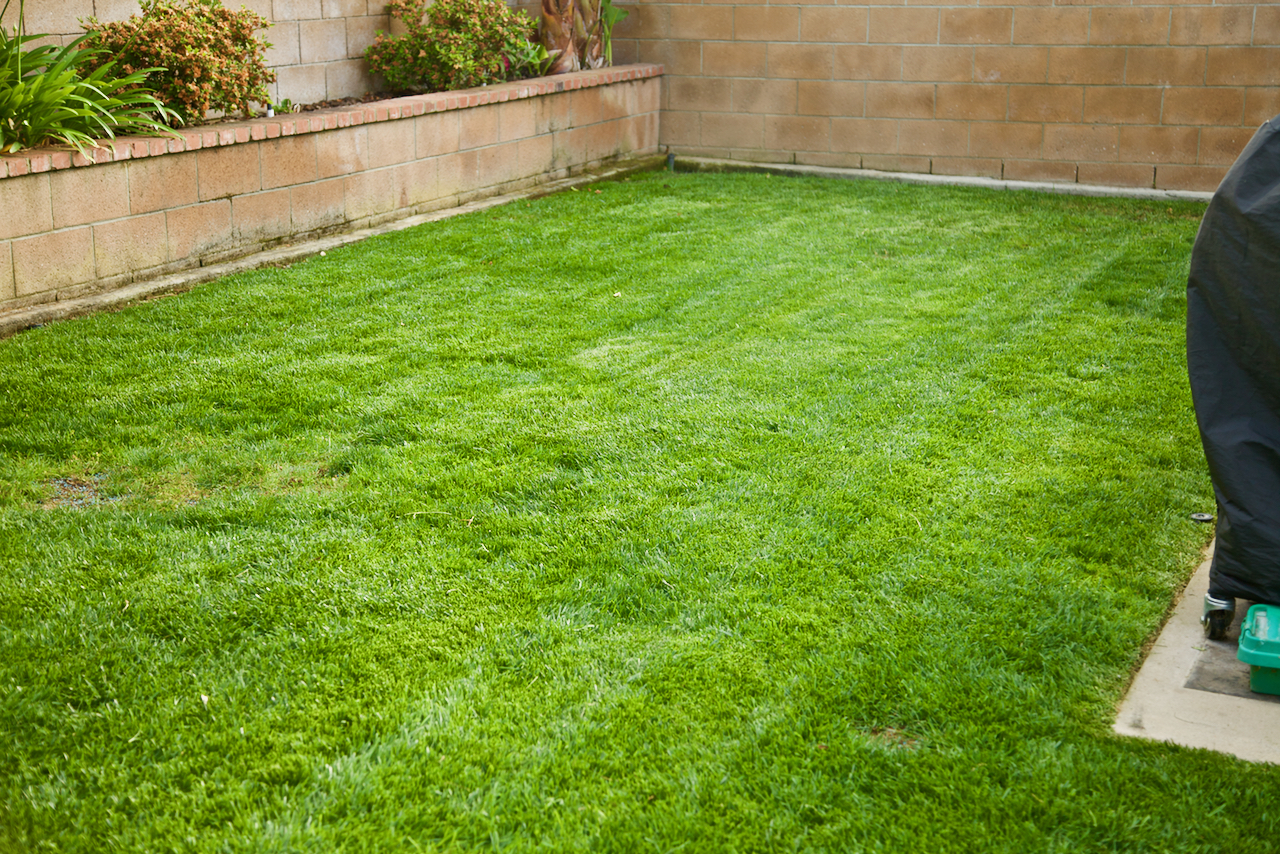Many people often wonder why their neighbor has stronger, healthier, and more beautiful grass than theirs. Chances are the neighbor will take care of and maintain (or have a company that really knows the keys to a great lawn) their lawn better than the person whose lawn might not be as nice and beautiful. Well you're in luck. I know the keys to the beautiful and strong grass you need to make to have that strong, healthy and beautiful grass that is the envy of the neighborhood, and I am going to share those keys with you. Along with these keys, there are steps you need to take throughout the lawn care season (usually April 1 to November 1), such as watering your lawn correctly, but today I'm going to focus on spring tips.

The first thing you'll want to do is remove old dead leaves from last fall if you haven't already. There are several ways to achieve this. You can rake the leaves. Another way to remove old grass blades is to cut the grass with a bagging attachment. Always dispose of leaves and grass clippings appropriately for your area. Some areas only accept grass litter at certain times of the year, so check with your city or county to make sure they accept it. You can also place them in a compost area to use in your garden after they break for a couple of years, as they make an excellent fertilizer for your garden.
The second step you will want to do is roll the grass. Rolling your lawn is important as it smooths the ground and removes bumps, making your lawn not only easier but safer to cut. Some think that when you roll a lawn, you just go one way and you're done. Actually, it is better to roll the grass from front to back, diagonally twice, the second time is the opposite diagonal to the previous one, then side to side (front to back and side to side can be changed, but you want to cross diagonals in the middle of the two).
Next, you'll want to clear the grass. Straw removal is the process of removing straw, which is basically the rest of the dead grass clippings from your lawn. This process can be done in conjunction with step 1 if you are raking the lawn. However, when doing this in conjunction with cleaning the blades, you will have to "rake" (basically means putting some force behind the rake) the lawn. The other way you can do the disassembly is to buy a walker for your tractor or contact a lawn care provider who offers the service. If you pack your grass clippings, you can usually do this process every two years.
For this fourth step, aeration, I recommend hiring a hawaii lawn care provider to offer the service to do it for you, since a good aeration machine is quite expensive to buy, and many of the products intended for aeration owners they just don't work. Here's a good way to tell if your aeration product isn't working, once you're done, there are no "plugs" placed on top of your lawn that were removed from the lawn. This step is very important and it is important to do it correctly using the right machinery, as it opens your lawn so that air, water and fertilizer flow through the soil and grass roots.
This fifth step goes along with step 4 (aeration). This step is called over-sowing or re-sowing. This process is exactly what it sounds like, scattering seeds on your current lawn. You want to do this process after step 4 and I suggest you do it the same day or the next day. Always use a spreader to ensure even seed distribution so the lawn grows evenly. Also choose a seed that is designed for the area you are planting (i.e. sun, shade or if you have found a combination of sun and shade combination) and follow the directions on the bag for watering your new seeds. You will notice that many of the grass seeds suggest using an initial fertilizer to help the seeds grow stronger and better, I also suggest that you do so, however I know there are many people who do not like to use fertilizers for various reasons (children, pets, environment, etc.). If you agree to fertilizer use, do it about 3-4 weeks (or what your bag of grass seeds suggests) before aeration and excessive planting, but after steps 1, 2, and 3. Also If you are not going to fertilize, you can combine steps 3, 4 and 5 in their correct order on the same day / weekend. Remember that watering your lawn properly is a very important process that must be maintained throughout the season, and always water the new seeds as suggested in the seed bag.
No comments:
Post a Comment